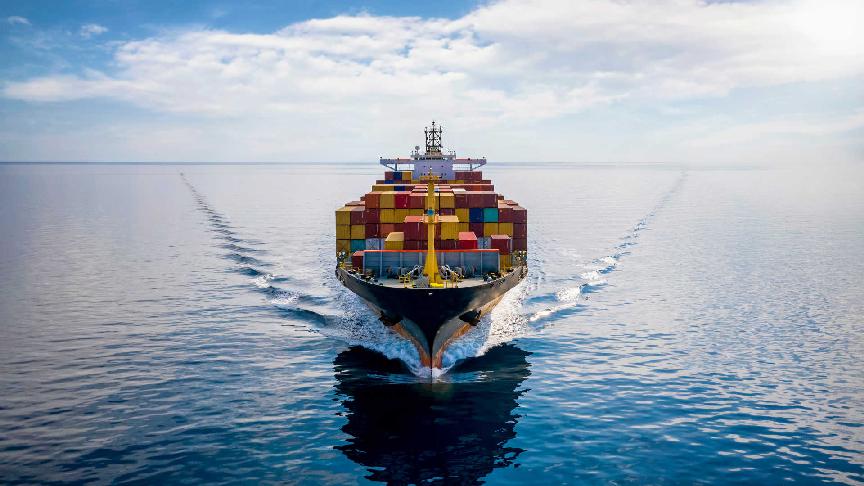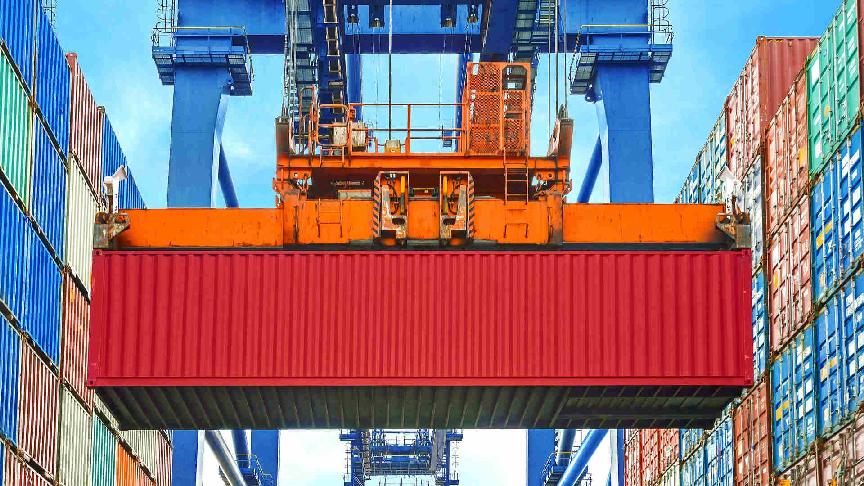5 March 2024 (Lloyd's List) - CHOOSING a name for the Gemini Cooperation, the new collaboration between Maersk and Hapag-Lloyd, was one of the hardest parts of the whole process and the final choice was not meant to be subtle.
Gemini – the twins – emerged from a list of 1,000 names, according to Hapag-Lloyd chief executive Rolf Habben Jansen, and it is clear that there is no intention that the twins ever become triplets.
“We didn’t choose [the name] for nothing,” he told the S&P Global TPM conference in Long Beach. “This is going to be different from how other cooperations work, and if you want to make it work then to do that with two is probably enough.”
The Gemini Cooperation, when it launches in 2025, will bring about a new way of designing container networks. Instead of picking up cargo from as many ports as possible and delivering to a similar number, it will focus on a hub-and-spoke model that sees fewer main lane calls and requires more feedering, or shuttle services in the lines’ parlance.
“A traditional Asia-Europe service would have six ports in Asia and maybe six ports in Europe, where you have 12 opportunities for delays,” Habben Jansen said.
“In addition, you have very low utilisation at the beginning and end of the service. In our case we will have two or three calls at both ends, which means less possibility of something going wrong, and we will fill the ships in the hubs by shuttling cargo to those hubs. All the ships on the network will then have better utilisation.”
In essence, the hub-and-spoke model will decouple origin and destination from the main line service, reducing the likelihood of something going wrong that affects everything else on the service.
While the model is familiar in many other transport modes, it is less frequently seen in container shipping, not least due to the additional transhipment moves it requires.
But Habben Jansen is convinced that it is critical to providing the 90% schedule reliability Maersk and Hapag-Lloyd want to achieve.
“The way we operate as an industry does not get us above the 70% level,” he said. “If you want to get to something better you have to look at a different set up, which in our case is more hub and spoke.”
The carriers hope that the cooperation will increase asset utilisation and lower costs, while providing better quality.
But there was also a sustainability argument to be made, Habben Jansen said.
“If you want to decarbonise you have to pull all the levers,” he said.
“One of these is better asset utilisation, and where possible, slower speeds. That is something we will be able to achieve because we will get higher utilisation in the terminals, which allows us to sail a bit slower.”
Bringing emissions down was not going to be done primarily through alternative fuels, he added.
“Those will only be available in limited quantities,” he said.
“That means we need to pull all the other levers, which includes asset utilisation, sailing slower and continuing to invest in the modernisation of our fleet. That is going to give the biggest reduction in emissions until around 2030.”
While he understands some of the scepticism around the new model, the infrastructure for it is largely in place, and further investments are underway.
Moreover, a combination of slower speeds, increase port productivity and better utilisation of vessels means that costs will not go up, despite the additional handline required.
“The proof of the pudding will be in the eating,” he said. “We have to demonstrate that it works.”
Anyone sceptical about the chances of success should look at the schedule reliability of traditional point-to-point services, which hovered between 50%-70%.
“When we can consistently demonstrate that we can deliver 80%-90% schedule reliability, people will accept it.”







